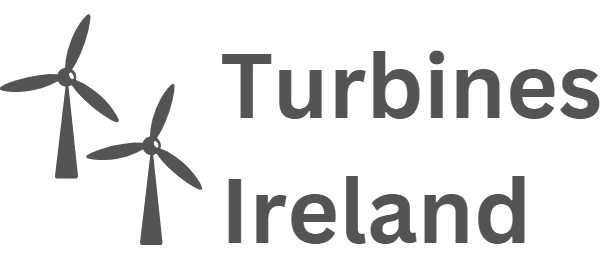
Introduction
Renewable energy is becoming increasingly important in today’s world. While traditional wind turbines have been widely used, vertical turbines are gaining popularity due to their ability to capture wind from any direction. In this article, we will explore the economics of vertical turbines, focusing on calculating the return on investment (ROI) and payback period.
Understanding ROI
ROI is a measure used to evaluate the efficiency or profitability of an investment. When it comes to vertical turbines, calculating ROI involves assessing the costs involved and the potential returns generated over a specific period of time.
Calculating Initial Costs
To determine the ROI of a vertical turbine, we need to consider the initial costs. These costs typically include the purchase and installation of the turbine, permits, site preparation, and electrical connections. Let’s break down these costs further:
- Turbine Purchase: The cost of the vertical turbine, which varies depending on the size, quality, and manufacturer.
- Installation: The expenses associated with professional installation, including the foundation, tower, assembly, and connection to the electrical grid.
- Permits: The fees required to obtain the necessary permits for turbine installation, which vary based on location and regulations.
- Site Preparation: Costs related to land clearing, excavation, and any additional construction required.
- Electrical Connection: Expenses for connecting the turbine to the electrical grid, including cables, transformers, and meters.
Calculating Operational Costs
In addition to the initial costs, it’s essential to consider the ongoing operational expenses of a vertical turbine. These costs can include maintenance, repairs, insurance, and any potential downtime that might result in reduced energy production.
Estimating Energy Production
To determine ROI accurately, we must estimate the energy production of the vertical turbine. Energy production is influenced by various factors such as wind speed, rotor diameter, and turbine efficiency. Manufacturers typically provide energy production estimates based on specific conditions, but it’s essential to consider your location’s average wind speed and adjust the estimates accordingly.
Calculating ROI
Now that we understand the costs and energy production estimates, we can proceed to calculate the ROI of a vertical turbine. The general formula for ROI is as follows:
ROI = (Total Returns - Total Costs) / Total Costs * 100
Total Returns can be calculated by multiplying the estimated energy production by the current energy price. Total Costs, on the other hand, include initial costs and operational costs over the desired period.
Determining the Payback Period
The payback period is the time it takes for the initial investment to be recovered through energy savings. In other words, it provides an estimate of when the energy savings from the vertical turbine will equal the total costs of installation and operation.
Calculating the Payback Period
To determine the payback period, we divide the initial costs by the yearly energy savings generated by the turbine. The formula is as follows:
Payback Period = Initial Costs / Yearly Energy Savings
Considerations and Tips
Before investing in a vertical turbine, consider the following factors to ensure you make an informed decision:
- Local Regulations: Check local regulations and zoning requirements to ensure the installation of a vertical turbine is allowed in your area.
- Wind Resource: Assess the wind resource in your location using historical data or consult with experts. Higher wind speeds result in increased energy production.
- Available Space: Make sure you have enough space to install a vertical turbine without any obstructions, such as buildings or trees.
- Budget: Understand your budget constraints and calculate the ROI and payback period based on your financial goals and expectations.
- Maintenance: Consider the maintenance requirements of the vertical turbine and whether you have the resources or access to technicians for regular servicing.
- Incentives: Explore any government incentives, rebates, grants, or tax credits available for renewable energy installations to reduce the overall costs of the project.
Conclusion
Investing in a vertical turbine can provide both environmental benefits and economic returns. By accurately calculating the ROI and payback period, you can make an informed decision about the feasibility and profitability of such a project. Consider all the costs and factors involved, and consult professionals or industry experts for guidance specific to your location and circumstances. With proper planning and analysis, vertical turbines can play a significant role in your renewable energy journey.
